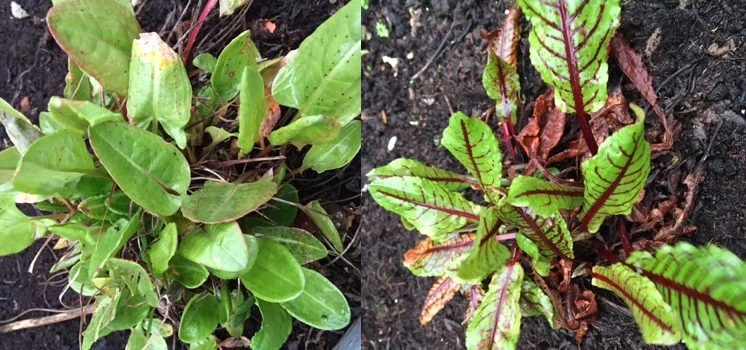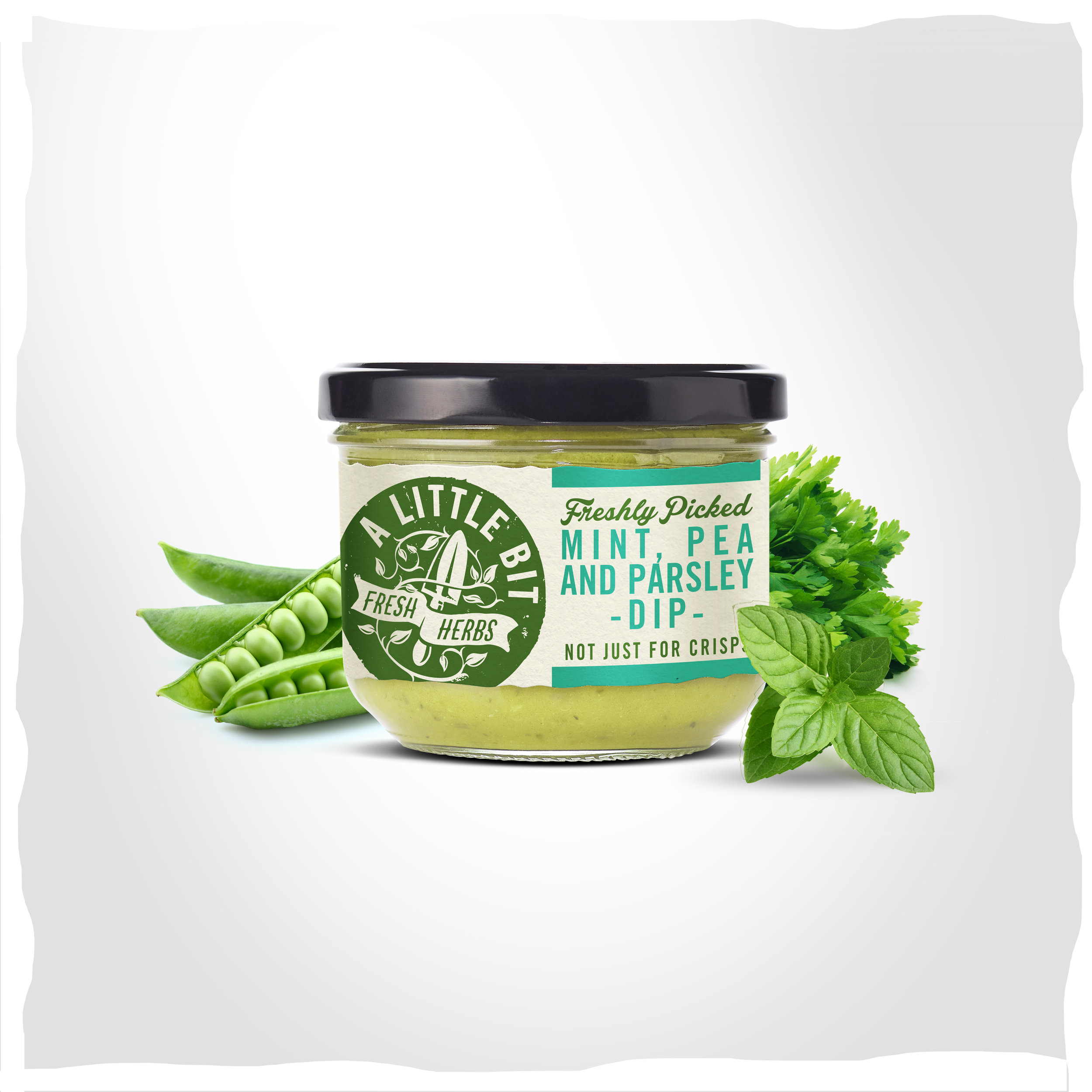Sorrel is a perennial herb and one of the first plants to appear in the spring. You don't often find it in supermarkets but thankfully it grows abundantly in the wild so all of us can enjoy this marvellous herb for free! The most common types of sorrel in cooking are French (or Buckler) sorrel and wood sorrel. The leaves can be picked as early as February.
Sorrel comes from the old French word ‘surele’ meaning sour! The Tudors considered the herb to be one of the best English vegetables, and we're inclined to agree. It's lemony flavour makes a great addition to salads, soups and sauces.
SORREL VARIETIES
French sorrel is a slender herbaceous plant with edible, arrow-shaped leaves. The leaves have a sour, lemony taste and are used in cooking around the world. Wood sorrel can be found in woodland all over Britain and has a tiny delicate trefoil leaf but a similar sharp lemony flavour to French sorrel. When foraging, remember to pick sparingly and tread carefully!
COOKING WITH SORREL
Sorrel makes a tasty lemony addition to salads, especially the Buckler leaf variety (tear/cut across the grain to release the flavour – what the French call Chiffonade!). Young sorrel leaves are best as older leaves can become excessively acidic.
You can cook sorrel as you would spinach - stick with light cooking so as to retain sorrel's unique flavour.
Sorrel is great when used sparingly in omelettes, soups and sauces for fish, poultry and pork. It can also be used to tenderize meat! Either add pounded leaves to a marinade or wrap sorrel leaves around meat.
FAVOURITE SORREL RECIPES

















